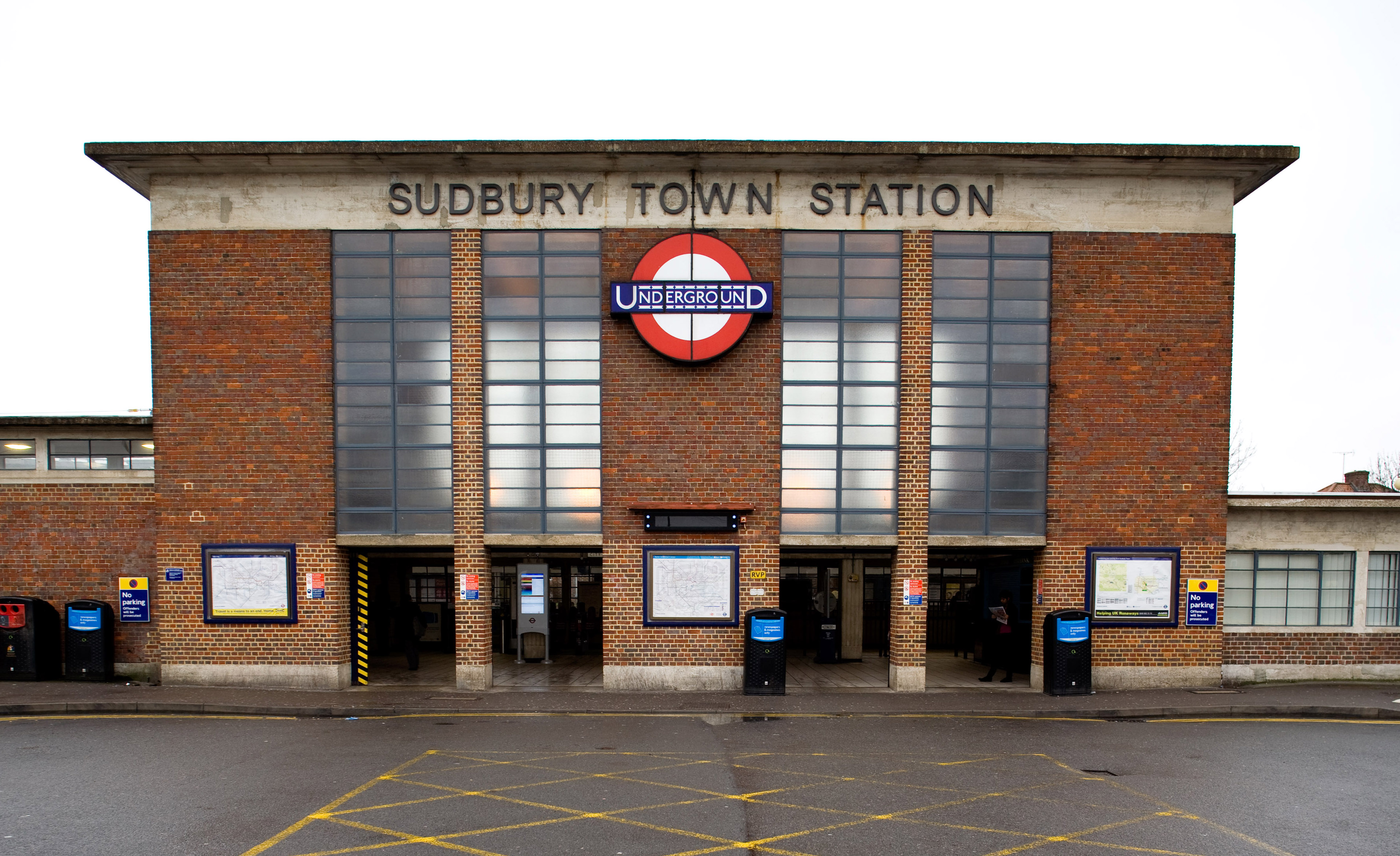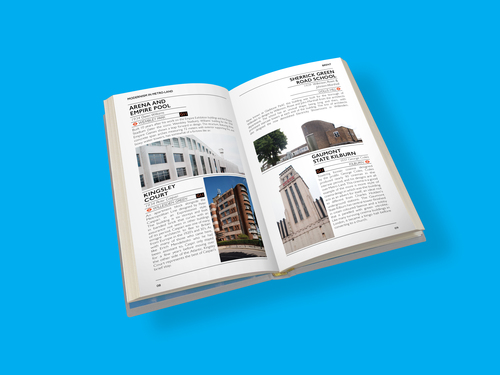Post
Modernism in Metroland
23 Feb 2018
As one of the Society's main themes for this year is the 1930s, we thought we'd support the Modernism in Metro-Land blog's efforts to crowdfund a guide to the architectural delights of the north-western end of the Metropolitan line. Here the book's author, Joshua Abbot, tells us about the project and how you can donate and get your hands on a copy of the book.
“Metroland is a country with elastic borders that each visitor can draw for himself as Stevenson drew his map of Treasure Island” Metro-Land Guidebook 1924
I started Modernism in Metro-Land in 2011 whilst living in South Harrow. I began noticing some of the buildings in the area, like Rayners Lane station and the art deco former Grosvenor Cinema, and began to be interested in them and the idea of Metro-Land. Metro-Land has become synonymous with a wistful sort of suburbia, all privet hedges and mock tudor. In fact Metro-Land is actually full of exuberant art deco cinemas, stark modernist houses and brutalist megastructures. Created by the expansion of the Metropolitan Railway at the start of the 20th century, transport links would bring modernism to the suburbs, from Charles Holden’s Piccadilly Line stations to Wallis, Gilbert and Partners Egyptian themed factories by the Great West Road.
The website has expanded, much like London itself, to encompass not just the Metro-Land towns of Wembley, Harrow and Pinner, but other suburban centres like Greenford, Enfield and Edgware, often overlooked when talking about the Capital’s architectural heritage. Modernism in Metro-Land has now teamed up with crowdfunding publishing company Unbound, to produce A Guide to Modernism in Metro-Land, a pocket guide to the modernist buildings of the suburbs.
Inspired by the likes of Ian Nairn’s Modern Buildings in London, the guide will accompany the reader through the suburbs of London and the home counties. The guide will cover nine London boroughs and two counties, with a map for each area, descriptions of each building and colour photographs. The guide will explore the art deco and international style modernism of the 1920s and 30s, as well as the post war, Brutalist and Hi-Tech buildings in the area.
The crowdfunding model allows readers to directly support books on subjects that they are passionate about, with different levels of backing. For A Guide to Modernism in Metro-Land you can buy a copy of the book, as well as exclusive t-shirts, tote bags, photographic prints and take part in a “Jewels of Metro-Land” walking tour. As redevelopment rumbles ever onward, many monuments to modernism in Metro-Land are disappearing. Just in the last few years a number of buildings have been demolished, such as the Palace of Industry at Wembley.That of course is the impetus behind this book, to document these wonderful and half forgotten buildings before they disappear through accident or design, and to allow the 21st-century visitor to Metro-Land to create their own modernist county with elastic borders.
Pledge here to support “A Guide to Modernism in Metro-Land”

